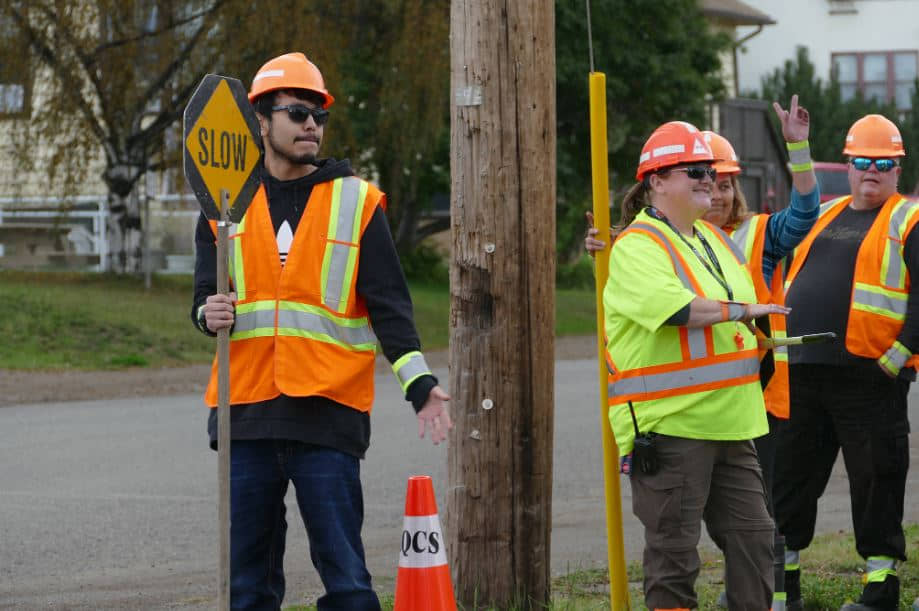Road safety is a critical issue that affects everyone who uses our highways and streets. As traffic volumes increase, the need for effective traffic control measures becomes more apparent. Traffic control training is an essential aspect of ensuring public safety, reducing accidents, and saving lives. In this article, we will discuss how traffic control training can make a significant difference in accident prevention and the importance of traffic management refresher training.
What is Traffic Control Training?
Traffic control training refers to the education and training provided to personnel involved in directing and managing traffic flow. The training is designed to ensure that the personnel understand the fundamental principles of traffic control, including the use of signs, signals, and pavement markings. Traffic management training also covers safety protocols, communication techniques, and emergency procedures.
Traffic management training is essential for all individuals who work in road construction, maintenance, or repair, including flaggers, traffic control supervisors, and other personnel responsible for controlling traffic flow. These individuals must be adequately trained and certified to work in traffic control roles to ensure the safety of drivers, workers, and pedestrians.
The Importance of Traffic Control Training
This training is essential because it ensures that traffic management personnel understand the proper procedures for directing traffic and managing traffic flow. Proper traffic control measures can reduce the risk of accidents, injuries, and fatalities.
In addition to enhancing public safety, traffic control training also has several other benefits, including:
Increased efficiency:
Properly trained traffic management personnel can effectively manage traffic flow, reducing congestion and improving the overall efficiency of the transportation system.

Reduced costs:
Accidents and traffic congestion can result in significant economic costs, including lost productivity, increased fuel consumption, and increased insurance premiums. Traffic management training can reduce these costs by preventing accidents and minimizing congestion.
Compliance with regulations:
Many states and local jurisdictions require traffic management personnel to be certified to work in traffic control roles. This training ensures compliance with these regulations, reducing the risk of fines and penalties.
Traffic Management Refresher Training
Traffic management refresher training is another essential aspect of traffic control training. Refresher training provides personnel with updates on traffic control procedures, new technologies, and safety protocols. This type of training is particularly important for individuals who have been working in traffic control roles for an extended period.
Conclusion
Traffic control training is an essential component of road safety. It ensures that traffic management personnel understand the proper procedures for directing traffic, managing traffic flow, and responding to emergencies. Properly trained traffic management personnel can reduce the risk of accidents, injuries, and fatalities. Refresher training helps ensure that personnel remain current on the latest safety and traffic control practices.

 Home
Home







